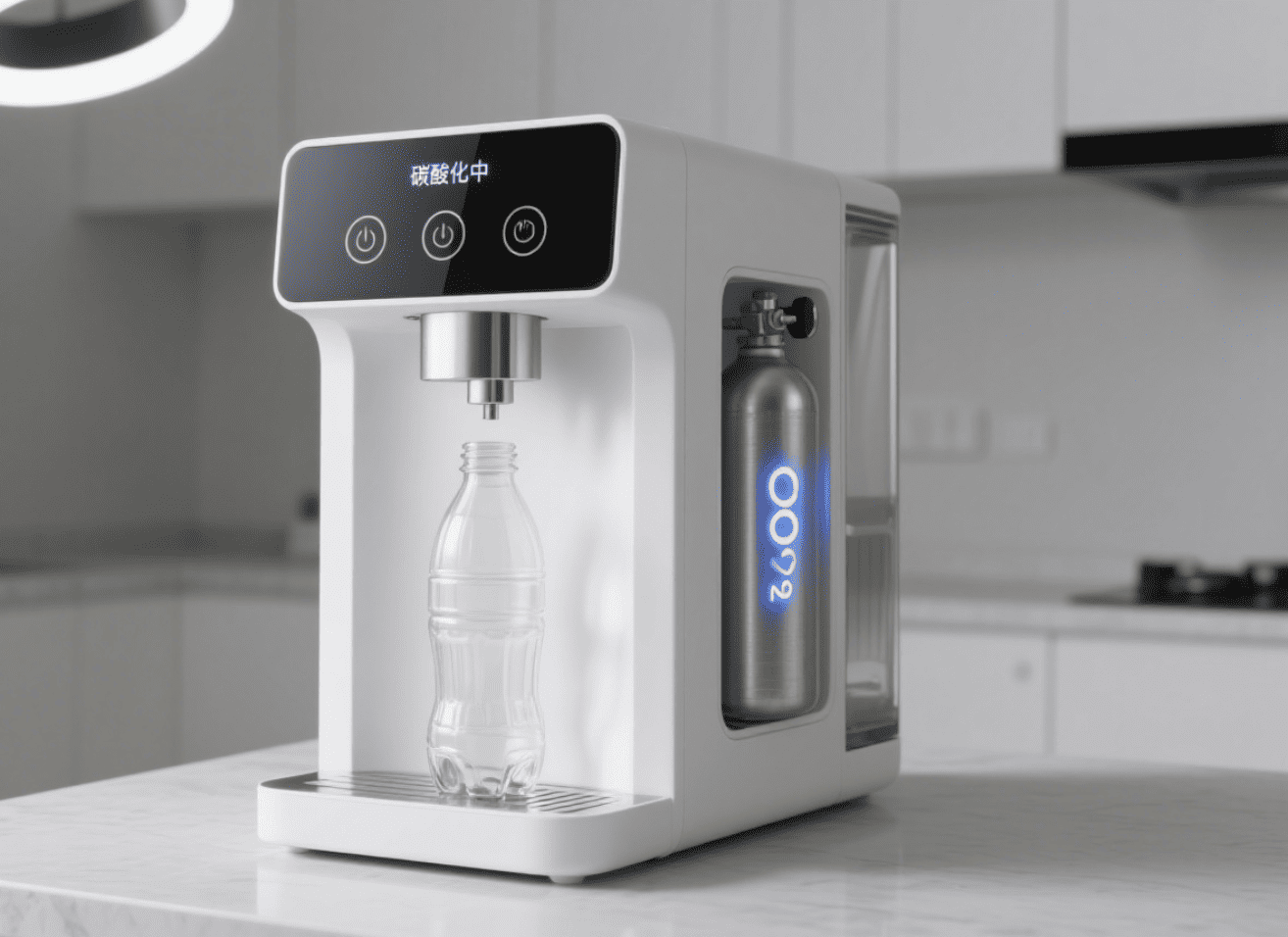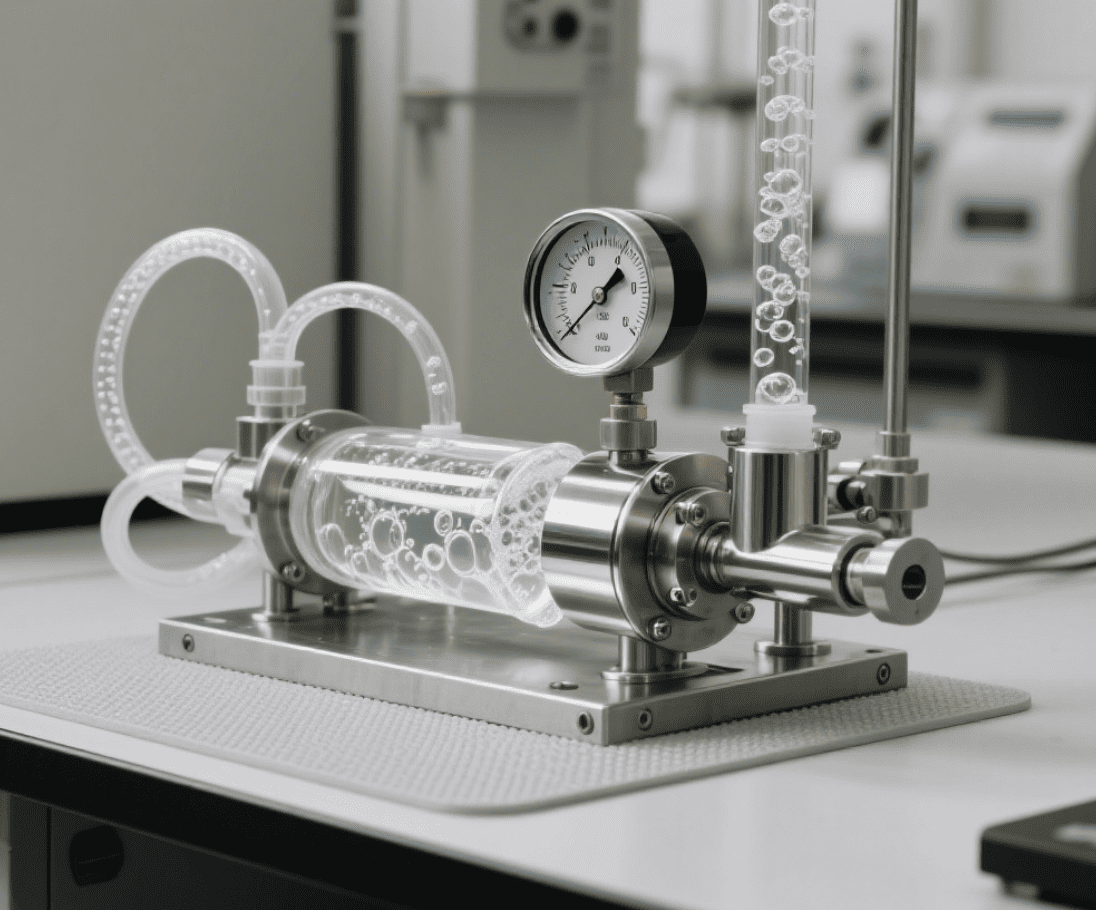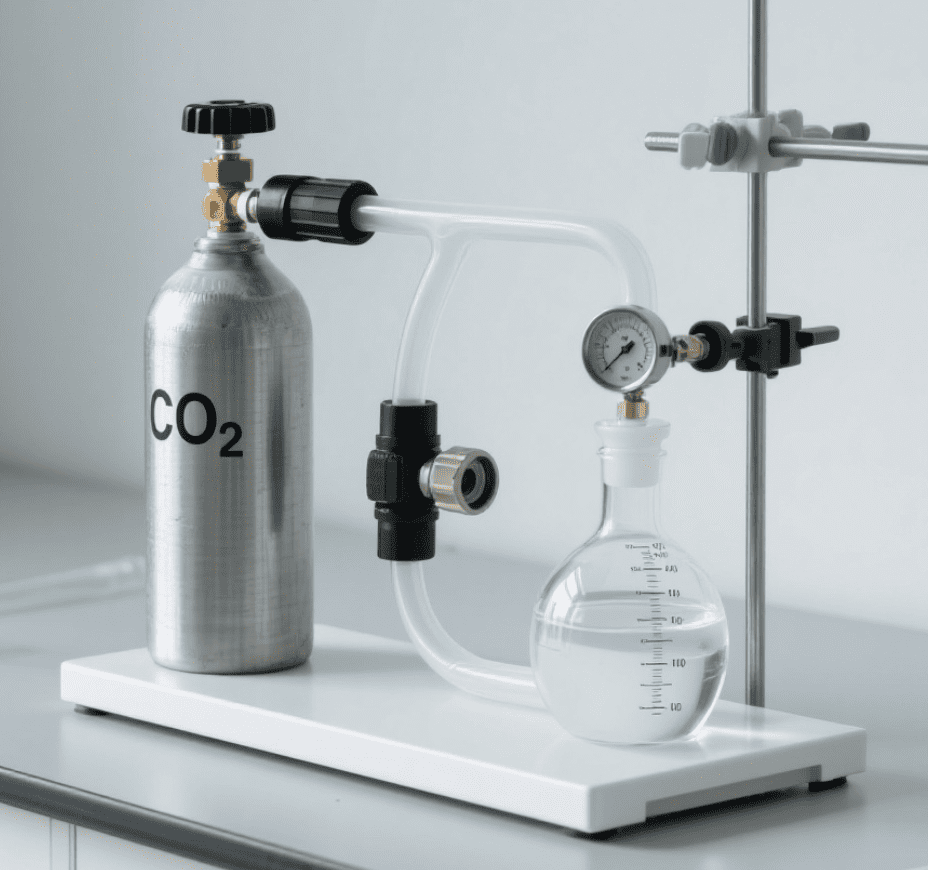Can You Use CO₂ for Motorcycle and Bike Tire Inflation Too?
When you're out on the road, whether it's on a motorcycle or a bicycle, tire pressure is crucial for a smooth and safe ride. But what happens when you get a flat or your tire pressure drops? This is where CO2 tire inflators come into play. They are compact, easy to use, and can save the day when you're miles from home. But can you really use CO2 for both motorcycle and bicycle tire inflation? Let's dive into the details.
What Is a CO2 Tire Inflator?
A CO2 tire inflator is a handy little device that uses carbon dioxide gas to inflate tires quickly. It consists of a small metal canister filled with CO2 and a nozzle that attaches to your tire's valve. When you release the gas, it fills the tire almost instantly. This makes it a popular choice for cyclists and motorcyclists who need a quick fix on the go.
How Does It Work?
The operation is quite simple. Once you attach the inflator to the tire valve, you release the CO2 by pressing a button or twisting a knob. The gas expands as it leaves the canister, rapidly inflating the tire. It's fast and efficient, making it ideal for emergencies.
Benefits of CO2 Tire Inflation
Quick and Convenient
One of the biggest advantages of a CO2 tire inflator is its speed. Unlike manual pumps, which can take several minutes and a lot of effort to inflate a tire, CO2 inflators get the job done in seconds. This is particularly beneficial when you're in a hurry or stuck in an inconvenient location, the Populargas is an excellent example.
Lightweight and Portable
CO2 inflators are small and lightweight, making them easy to carry in a backpack or saddlebag. This portability is a significant benefit for both cyclists and motorcyclists who often have limited space.
Can You Use CO2 for Motorcycle Tires?
Yes, CO2 inflators can be used for motorcycle tires, but there are some considerations to keep in mind.
Tire Size Matters
Motorcycle tires are generally larger than bicycle tires, which means they require more CO2 to achieve the desired pressure. This could mean using multiple cartridges for a full inflation. It's crucial to carry enough cartridges if you're planning a long ride.
Temporary Solution
Using a CO2 inflator for motorcycle tires should be considered a temporary solution. CO2 can leak out faster than regular air because the molecules are smaller. Therefore, it's advisable to check the tire pressure and re-inflate with regular air at the earliest opportunity.
Can You Use CO2 for Bicycle Tires?
CO2 inflators are particularly popular among cyclists, especially those who participate in races or long-distance rides.
Perfect for Road Bikes
Road bikes, with their high-pressure, low-volume tires, are ideal candidates for CO2 inflation. A single cartridge can often fill a road bike tire to the desired pressure quickly and efficiently.
Mountain Bikes and CO2
While CO2 inflators can be used for mountain bikes, the larger volume of these tires may require more than one cartridge. Additionally, mountain biking often involves rough terrain, which can lead to more frequent punctures and the need for more CO2 cartridges.
Limitations of CO2 Tire Inflation
Cost
One downside of CO2 inflators is the cost. CO2 cartridges need to be replaced after each use, which can add up over time, especially if you're a frequent cyclist or motorcyclist.
Temperature Sensitivity
CO2 is sensitive to temperature changes. In cold weather, the gas can contract, leading to lower tire pressure. Conversely, in hot weather, it can expand, potentially causing over-inflation. This is another reason why CO2 should be seen as a temporary fix.
Tips for Using CO2 Tire Inflators
Know Your Valve Type
Before using a CO2 inflator, make sure you know whether your tire has a Presta or Schrader valve. Some inflators are compatible with both, but it's always good to check.
Practice Makes Perfect
Using a CO2 inflator can be a bit tricky the first time. Practice using it at home so you're comfortable with the process in a real-world situation.
Carry Spares
Always carry spare CO2 cartridges, especially on long rides. You never know when you might need another inflation.
Conclusion
CO2 tire inflators are a fantastic tool for both motorcyclists and cyclists. They offer a quick, portable solution to tire inflation, making them invaluable in emergencies. However, they are best used as a temporary measure, with regular air used for long-term inflation. By understanding the benefits and limitations of CO2 inflators, you can keep your tires in optimal condition and enjoy a safer, smoother ride.
In summary, yes, you can use CO2 for both motorcycle and bike tire inflation, but always be prepared with enough cartridges and be ready to switch to regular air when possible. Keep these tips in mind, and you'll be well-equipped for any tire-related mishaps on the road.
 Innovative Features of Modern
Innovative Features of Modern
 The Science Behind Carbonated
The Science Behind Carbonated
 How to Care for Carbonated Sod
How to Care for Carbonated Sod
 The Evolution of Carbonated So
The Evolution of Carbonated So
